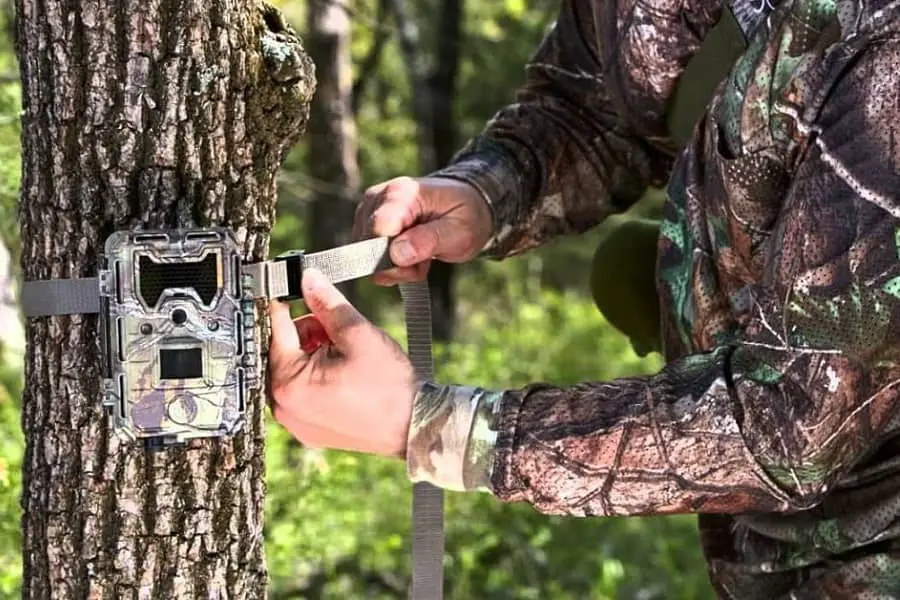The hunting legend Fred Bear once said that there is more fun in hunting with the handicap of a bow than with the sureness of a gun.
If you seek an experience that will trigger your adrenaline, bow hunting is as challenging as it is rewarding.
When you want to learn how to bow hunt like a pro, there are specific tips you should consider for a better outcome. The relevant tips in this article will help you understand how to bow hunt.
Remember that regular, consistent practice is the only way to achieve your goal. You won’t become an expert overnight, so don’t let impatience hold you back.
Consider finding a mentor to support your journey of how to bow hunt, as this level of help can mean the difference between success or failure.
What is Bow Hunting?
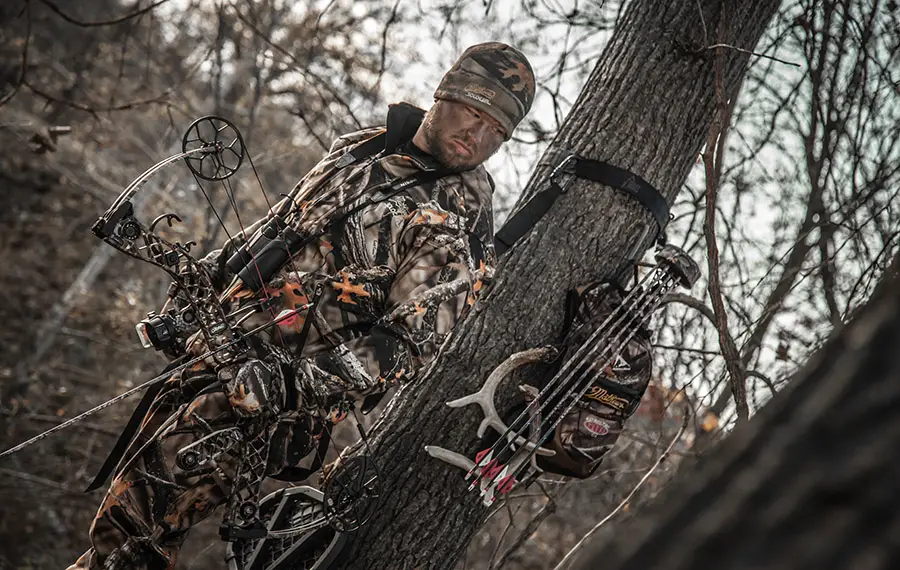
Bowhunting entails shooting game with a bow. Bowhunters, like other hunters, must acquire the necessary knowledge and abilities to manage this weapon with caution, confidence, and accuracy.
Learning how to bow hunt is guided by the following principles and ideals:
- Craftsmanship
- Skill
- Practice
- Challenge
- Persistence
- Patience
- Discipline
- Simplicity
So, if you’re into bow hunting, some insider secrets will help you become a better hunter.
Bowhunting is an adventurous specialized method of hunting. Becoming an expert bow hunter requires an understanding of how to handle this weapon.
A bow is an arrow-firing weapon made from a curved piece of resilient material and a tight cord to launch the arrow.
Tips For Bow Hunting

Choosing an excellent release for your bow is crucial. These modern releases are quick and easy to learn. Since this modern release is adjustable, it is essential to test them before making a purchase.
A personal test aims to see how easily you can adjust and set the release to trigger your memory and gain complete control of your shot.
The arrows or bow bolts are an equally important part of your path in learning how to bow hunt. Over the previous three decades, the quality of aluminum and carbon arrows has seen continuous improvements.
You can now balance your arrows to within an inch of perfection and make outstanding arrows. Bowhunting arrows should weigh forward and as hefty as possible to have a powerful down-range effect and effective penetration capabilities.
The quality of the bow is yet another vital element when learning how to bow hunt. The bow’s quality is determined by the quality of its sights and the bow’s tune.
Get an expert to adjust the peep and knock spot and align all the other moving parts to ensure that your hunting bow is in premium shape. Your arrows should also match the weight and speed of your bow to ensure that it shoots with precision.
A key aspect of learning how to bow hunt is regular practice since archery is all about muscle memory, as with any other physical activity. As you continue with your training, your level of accuracy will improve until you acquire professional skills.
Once you perfect your form and can shoot with consistent accuracy, you will appreciate your level of investment in this sport.
Why Would You Want to Bow Hunt?
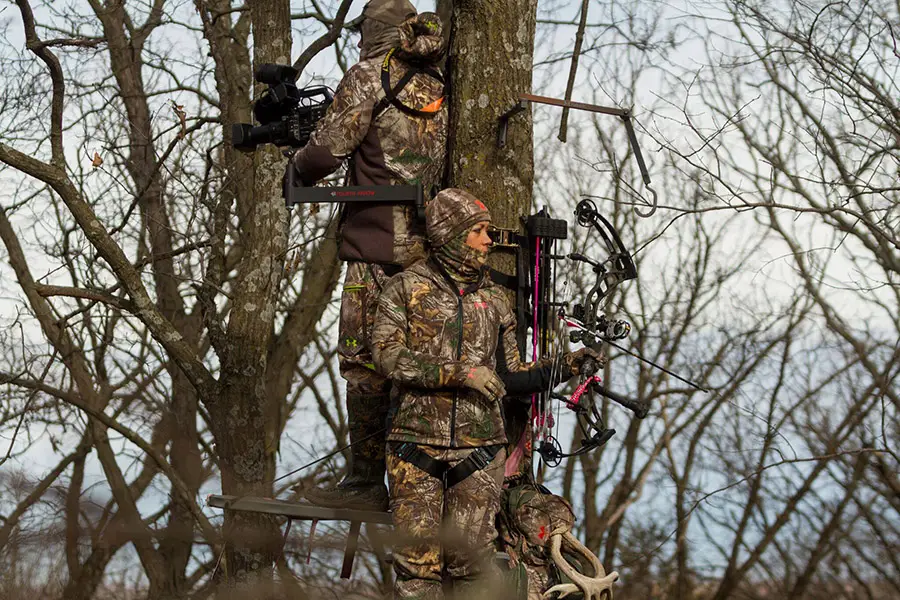
Bowhunting has become a prevalent method of hunting, which many more hunters are beginning to embrace. People venture into this form of hunting to challenge themselves and for fun.
Some people bow hunt as a recreational getaway from their jobs, while others hunt to protect wildlife and natural areas. Bowhunting, for whatever reason, has many benefits.
Here are some motivations on how to bow hunt:
Bowhunting For Adventure
Bowhunting gives you a unique perspective on the world and wildlife. Carry your bow and arrow to public lands in your native state, as well as other states and nations.
Every bow hunt you go on and every animal you go for is a new adventure since you never know what you’ll see or come across.
Bowhunting For Solitude
Bowhunting allows you to communicate with others while simultaneously allowing you to disconnect from people.
Bowhunting by yourself is calming and soothing. It’s the ideal time to clear your head or reflect on your ideas.
Ensure that you follow valuable tips on how to bow hunt if you don’t yet have much experience in this sport.
Bowhunting For Exercise
Bowhunting develops your cardiovascular system and builds muscles. Climbing hills, carrying gear and tree stands, and hauling meat from the woods are all physical tasks.
All these things help your circulatory system and heart. When you learn how to bow hunt, you will be burning calories as you walk back and forth between your target to recover your arrows.
Learn how to bow hunt and improve your physical fitness as you get a workout for your core, arms, hands, and shoulders.
How is Bow Hunting Different?
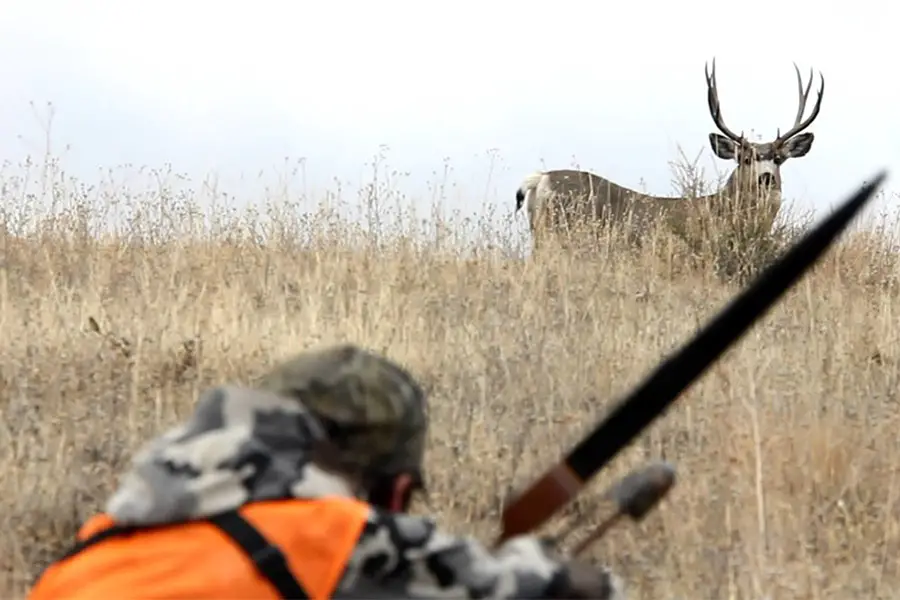
Bowhunting is different from most other hunting methods. It stands out because you are using a bow and arrow, which many people confuse with archery.
Simply put, bowhunting is archery on steroids! It is, in fact, one of the most frequent kinds of bowhunting that people practice.
The concept is that you hunt animals with your bow and arrow. The government controls bowhunting to ensure the preservation of endangered wildlife species, which means you must have a license to practice this sport.
Take note of existing state laws because these differ. Although bowhunting is technically similar, they are practically different. Archery is a leisure sport, but bowhunting is specifically for hunting wild animals.
Most archery activities involve shooting at a motionless nonliving target. However, a moving target is fun for bowhunters.
Bowhunting includes hitting a live target that is moving so you can kill a deer, skin it, field dress it, and carry it home for dinner! Archery has none of these perks.
Types of Bows For Hunting?
When learning how to bow hunt, you also need to understand the types of bows available.
Choose one or more of these four bow types but focus on one until you reach a higher level of proficiency before further experimentation.
1. Crossbow

The crossbow is a piece of archery equipment that you mount transversely on a hardwood stock with grooves for arrow direction.
Stock, trigger, foregrip, limb, barrel, arrow retention spring, clasp, and the sight bridge are included in this set. This weapon is hefty, effective, and precise, depending on the workmanship.
Hunting with a crossbow offers many advantages, including a perfect lock on the target, a silent shot, and few operating difficulties.
2. Compound Bow
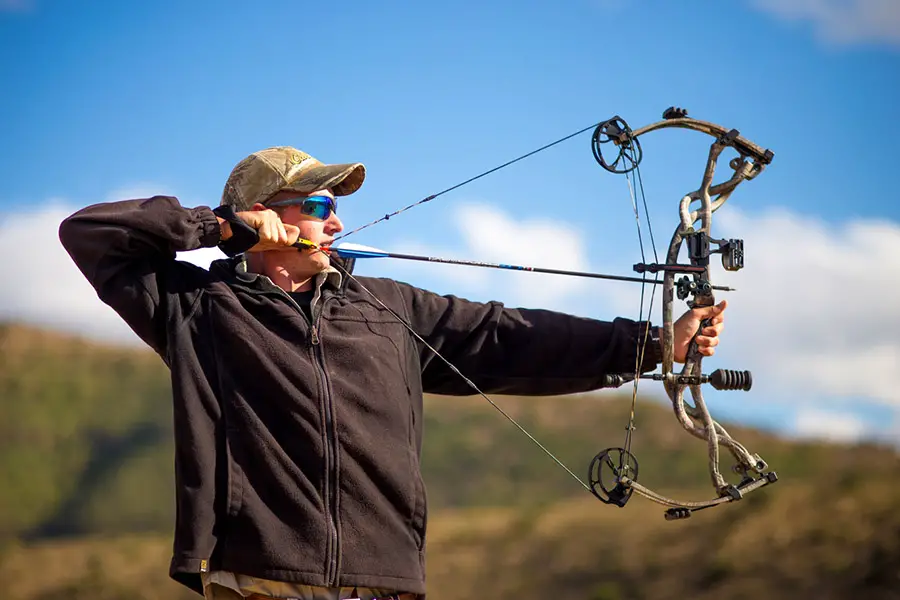
The compound bow is a cutting-edge hunting bow with a one-of-a-kind system of oblong cams, wheels, wires, and limbs. Let-off is a mechanical advantage that reduces the amount of energy required to draw.
Because of this feature, you can keep the equipment at full draw for extended periods. This semi-permanent position eliminates the need to battle with the draw weight, giving you plenty of time to focus on your target.
3. Recurve Bow

The recurve bow is designed for archery and is crafted to bend twice instead of once. Its limb tips have a second curve that runs counter to the bow’s overall shape.
Unlike a compound bow, the recurve becomes more difficult to pull and maintain the further you draw it, and there is no let-off. A recurve’s design elements are minimal, making it lighter.
Compared to a compound design, it is also the most straightforward bow and more easily maintains its settings than the other bow types.
4. Longbow

The longbow is a robust wooden bow that is generally 5-6 feet long, which you draw manually. Because its limbs are thin, it does not have much curvature, giving it a D-shape or a circular cross-section.
Because of its rounded cross-section and slender limbs, a longbow is less powerful. The longer limbs also help to distribute the pull weight more evenly. Modern versions range in length from fifty-eight to seventy-two inches, giving you a wide range of possibilities.
How to Know Which One is For Me?
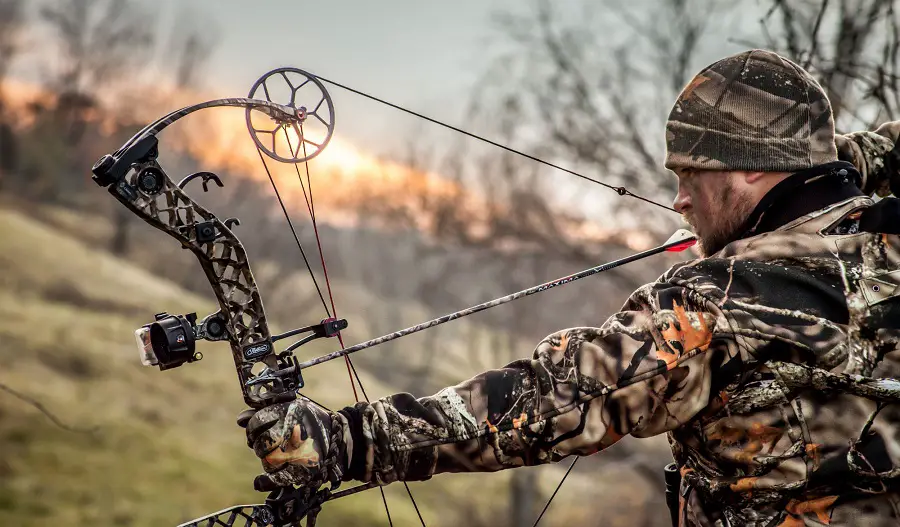
Bowhunting is an adventurous activity, so it is crucial to equip yourself with a bow to improve your experience when learning how to bow hunt.
Choose a comfortable bow that matches your abilities and consider these vital aspects when choosing the best hunting bow.
1. Dominance
Determine your eye dominance first. Eye dominance is known as “ocular dominance,” which simply means that your brain prefers visual information from one eye over the other. The signal from that eye is “truer” to your brain.
Although your dominant eye and writing hand are generally on the same side, “cross-dominance” is not unusual. Cross-dominance means that even if your left eye is dominant, some right-handed archers will fire with their left hand.
2. Draw weights
When it comes to establishing draw weights, there is no magic formula. As a result, if you’ve never drawn a bow before, start with a low-poundage bow.
It may seem peculiar initially, but the more you utilize your bow-shooting muscles, the more weight you can pull. Your archery muscles will grow to enable you to make accurate shots.
How to Train For Bow Hunting?
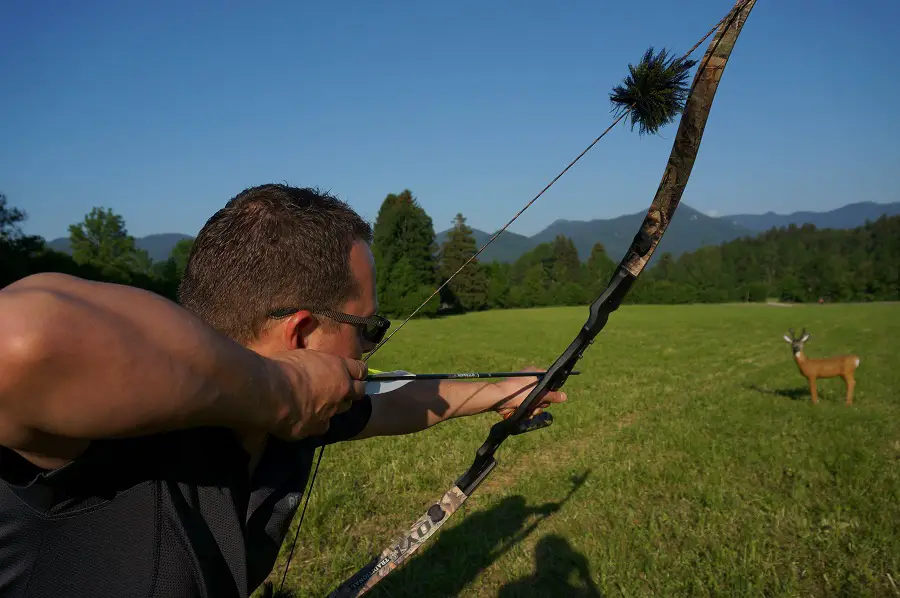
To bow hunt like a pro, you must engage in regular training to increase your skill. How to bow hunt is all about continuous practice. Training focuses include the following aspects.
1. Balancing Your Bow For Clean Shots
To completely balance your bow, you should frequently adjust the stabilizers.
- As is customary, close your eyes, draw, and anchor.
- Check the sight bubble with your eyes opened. You’re good to go if it’s centered.
- Swing the rear bar in or out until the bubble is at the center.
- Draw a small target, anchor it, and attempt to keep your aim on the target.
- If the pin tends to drift down, add some weight to the rear bar. If it tends to rise high above the target, adjust as necessary.
Practice this exercise often to improve your balancing abilities.
2. Working on The Perfect Arrow Release
Releasing the arrow is what determines whether you will shoot the prey or not. Learn how to bow hunt by improving on your release.
- Place a blank target 10 yards away or close enough just to hit with closed eyes.
- Draw the bow, position it in the approximate direction of the target. Have a friend trip the release while you concentrate on the sensation of an actual surprise release. Repeat this exercise until you’re confident.
- Next, carefully re-create the surprise feeling by triggering the release yourself.
- Work on rhythm and consistency by repeating five to ten times, multiple times a day.
- You want the general motion to be consistent but be surprised at the precise instant you release the bow.
Bowhunting Accessories You Will Need?
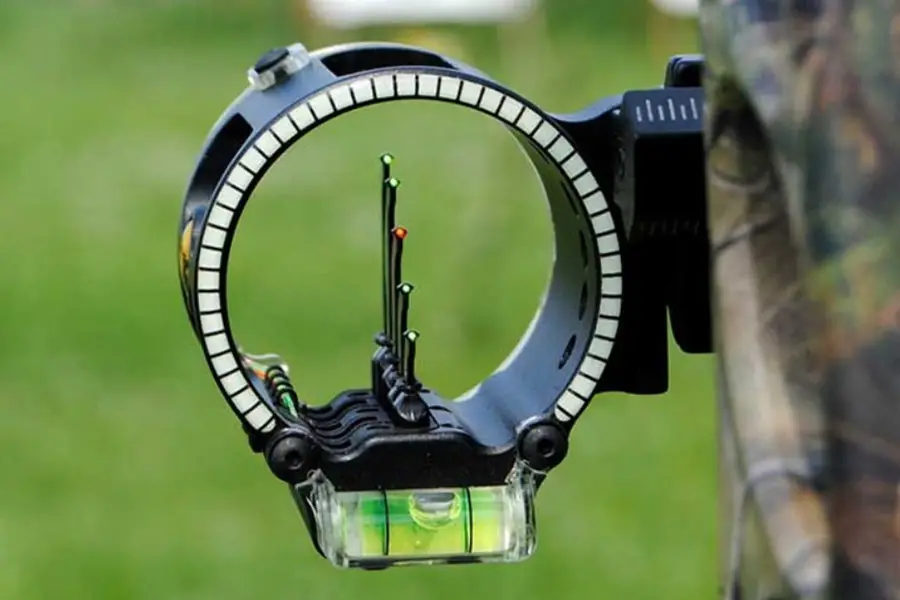
Learn how to bow hunt so that you are confident enough to go out into the field. Kit yourself out with essential accessories to look and feel like the expert you intend to become.
1. Arrows And Bows
To begin bow hunting, you’ll need a bow that matches your preferences. The bow should have all the required attachments and be set to a suitable draw weight.
For practice and hunting, you’ll also need arrows with field points and broadheads. It’s preferable to go to an archery store to acquire bowhunting equipment.
2. Field Dressing Kit
After taking down a deer, skinning and field dressing is a must. A field-dressing kit is an essential accessory to carry for every hunt. For most deer hunts, the field dressing kit should include latex gloves and a sharp knife.
You will also need a knife sharpener, and a bone saw for back-country elk hunts. Print out field-dressing instructions and keep them in your kit if you don’t have experience with this skill.
3. Boots
Good sturdy boots will protect your feet in harsh weather conditions and over rugged terrain.
Your feet will remain protected, stay dry, toasty, and blister-free, allowing you to hunt hard and long. Choose your hunting spots based on the time of year and the season.
Conclusion
Bowhunting is not only good for leisure purposes, but it also gives you a chance to connect with the natural outdoor environment.
Choose the correct type of equipment when you want to learn how to bow hunt. Kit yourself out appropriately for a rewarding hunting excursion but practice extensively before your venture out into the field.
Resources:



